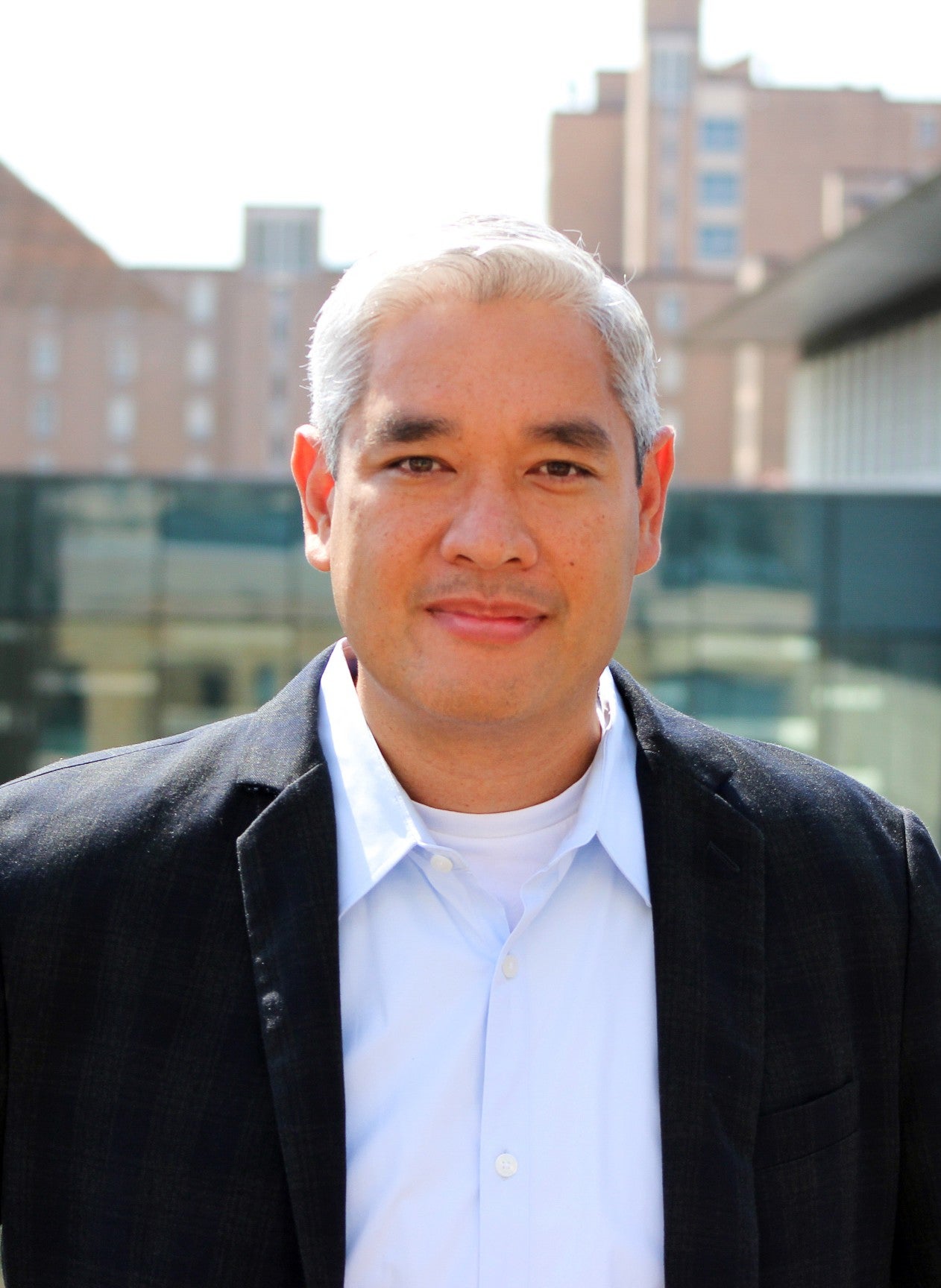Devastation of a Coastal Aquifer from the Most Powerful Storm Ever: A Story of Resilience and Recovery

Dr. Cardenas is a global leader in hydrology. His works combine modeling and measurements to better understand both water availability and water quality. In this presentation, Dr. Cardenas will speak to the impacts of Supertyphoon Haiyan on groundwater quality in his home country: The Philippines.
—Scott Jasechko, Professor, Bren School
ABSTRACT
The northwest Pacific Ocean is a hot spot for sea level rise and increasing frequency of stronger storms. It is where Supertyphoon Haiyan formed, the strongest storm on record to hit land, which provided a window into the hydrologic impacts of an extreme storm.
This talk presents results of detailed documentation of flood levels, groundwater table elevations, groundwater geochemistry, electrical resistivity, and flow and transport modeling. Through repeat surveys soon after the storm, we found that Haiyan's storm surge reached 7 m above sea level along Samar Island, Philippines, which led to contamination of crucial aquifers by infiltrating seawater. The seawater infiltration had short- and longer-term effects. A contaminated surficial aquifer would take years to recover. While groundwater in an underlying deeper aquifer saw widespread contamination immediately after the storm, salinity decreased significantly after 8 months. However, this deeper aquifer remains vulnerable to seawater slowly percolating through the surficial aquifer. As warmer seas generate more powerful storms, the vulnerability of aquifers to persistent contamination from intense storm surges is a growing concern for coastal communities.
BIO
M. Bayani Cardenas is a hydrology professor in the Department of Earth and Planetary Sciences of the Jackson School of Geosciences at the University of Texas at Austin. His research seeks to understand flow and transport processes across different hydrologic settings, water quality and quantity problems, and scales, using a combination of theoretical, computational, and observational methods. He received his education from the University of the Philippines, the University of Nebraska, and the New Mexico Institute of Mining and Technology.